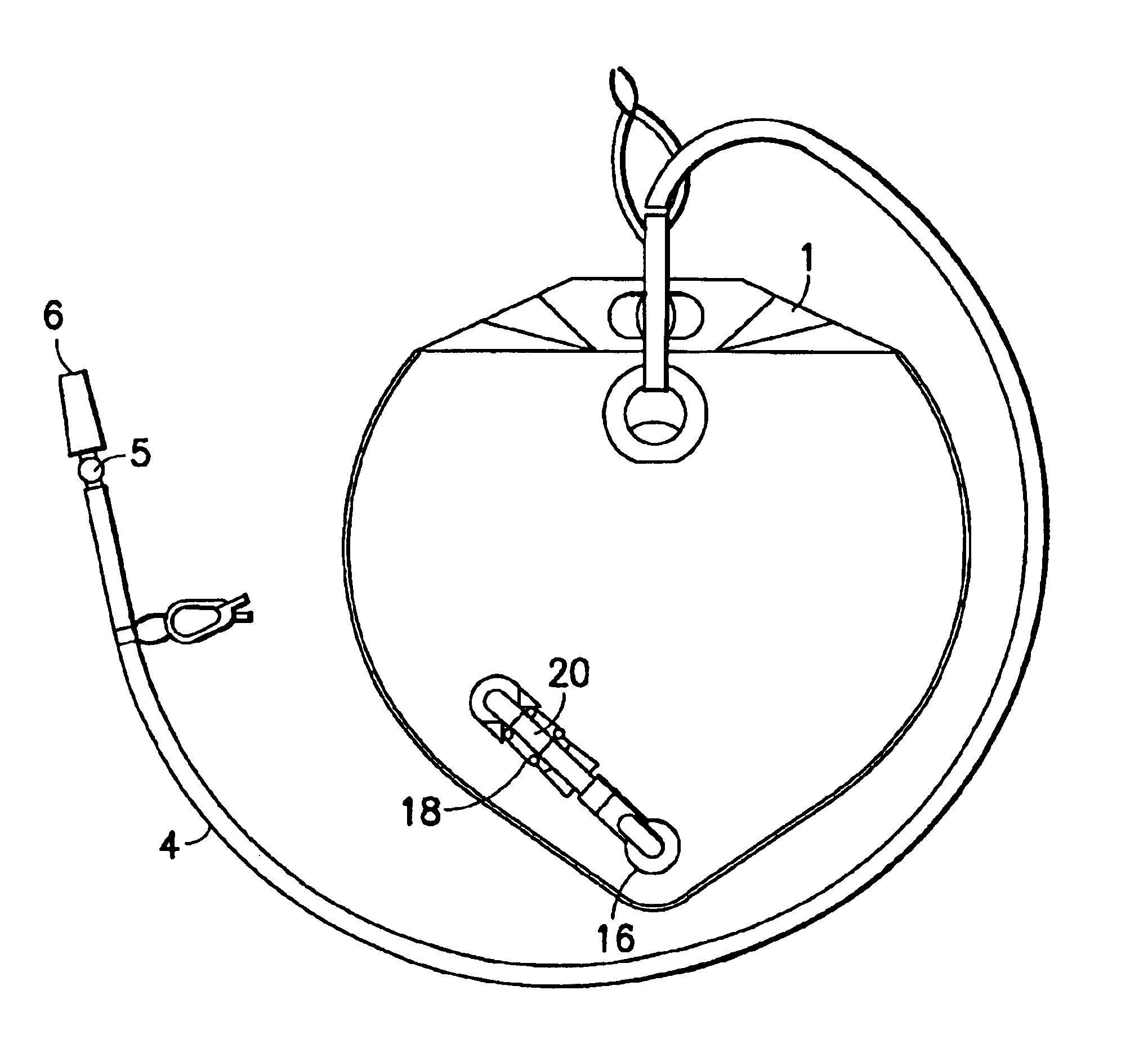Antimicrobial urine collection system and methods of manufacturing the same
a technology of urine collection system and antimicrobial technology, applied in the field of antimicrobial urine collection system and methods of manufacturing the same, can solve the problems of not being able to meet the needs of patients, the system can be overly complicated or otherwise less than satisfactory to construct or use, and the antimicrobials are plagued with heat sensitive and degrad
- Summary
- Abstract
- Description
- Claims
- Application Information
AI Technical Summary
Benefits of technology
Problems solved by technology
Method used
Image
Examples
example 2
The following procedure was performed:
A. Make a solution with 24.25 grams of PVC and 275 grams of tetrahydrofuran (THF).
B. Place on roller until PVC totally dissolves.
C. Make the following Royalguard.RTM. BC-250 solution: 0.75 grams of Royalguard.RTM. BC-250 is added to 25 grams of ethanol.
Add ethanol solution containing Royalguard.RTM. BC-250 to the PVC solution.
Mix on roller until ethanol solution is completely incorporated.
Take 80 ml of BC-250 / PVC solution and transfer to spincaster. Allow to spin for one hour.
Samples were allowed to dry overnight.
example 3
Compounding of Royalguard.RTM. BC-310 into Silicone Elastomer
Royalguard.RTM. BC-310 was blended with a 1000 centistokes polydimethylsiloxane fluid. The blending ratio was 1:1, weight to weight.
Took a high consistency rubber (HCRA-70, Rhodia Silicones Ventura, Calif. 93001) and placed 908.35 g Part B on a two roll rubber mill and freshened by passing through the nip several times. Part B was removed from the rolls and 908.46 g Part A was placed on the mill and freshened by passing through the nip several times.
After part A was freshened 107.14 g of Royalguard.RTM. / silicone fluid was added to part A. Several passes were made through the nip to ensure mixing.
Once the powder was mixed into Part A, Part B was then combined with Part A on the mill. The material was crosscut, cigar rolled, and passed through the nips approximately 7 times.
The compounded elastomer was then used to mold test plaques using a heated press. The molding conditions were 240.degree. F. for 10 minutes. Plaque mold ...
PUM
| Property | Measurement | Unit |
|---|---|---|
| temperatures | aaaaa | aaaaa |
| temperatures | aaaaa | aaaaa |
| melt temperature | aaaaa | aaaaa |
Abstract
Description
Claims
Application Information
 Login to View More
Login to View More - R&D
- Intellectual Property
- Life Sciences
- Materials
- Tech Scout
- Unparalleled Data Quality
- Higher Quality Content
- 60% Fewer Hallucinations
Browse by: Latest US Patents, China's latest patents, Technical Efficacy Thesaurus, Application Domain, Technology Topic, Popular Technical Reports.
© 2025 PatSnap. All rights reserved.Legal|Privacy policy|Modern Slavery Act Transparency Statement|Sitemap|About US| Contact US: help@patsnap.com


